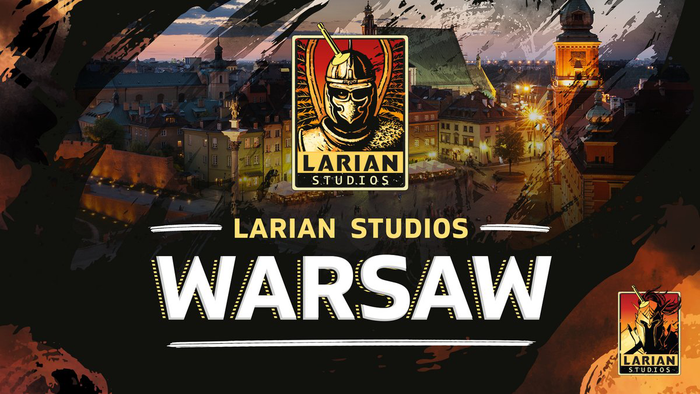Road to the IGF: Simogo's DEVICE 6
Continuing Gamasutra's Road to the IGF series of interviews with nominated developers, we talk to Simogo's Simon Flesser about DEVICE 6, a stylish and surreal narrative-driven iOS puzzle game.

Swedish mobile developer Simogo has quickly become a regular fixture in the Independent Games Festival, thanks to consistent innovation, a distinct sense of style, and an attitude to mobile development that focuses on making the most of a unique platform. The remarkable DEVICE 6, a stylish narrative and puzzle game where reading on a touch device actually creates a sense of mapped space, was released in the same year as the studio's eerie, folkloric Year Walk, and was just as high in quality, despite being completely different tonally. That's even more impressive in light of the fact Simogo has only two core team members, Magnus "Gordon" Gardeback, and their feats helped make Simogo one of Gamasutra's top developers of 2013, as they set the bar high for iOS innovation. Here, we catch up with Simogo's Flesser ahead of yet another go at the IGF. What's your background in making games? Simogo has been around since 2010, and we've released five games since then. We started our career in gaming at Southend Interactive, so we've been making games professionally for about seven years or so. What development tools did you use to build DEVICE 6? Unity, Visual Studio, Maya, Photoshop, Audition and lots and lots of pen and paper. How much time have you spent working on the game? About six months, I think. How did you come up with the concept? Our last game, Year Walk, had a companion app that was largely text-based and, without spoiling, had a kind of meta-narrative going for it. We were interested in exploring both of those aspects more. We knew we didn't want to make something entirely text-based, and came up with the idea of quite literally mixing maps with written words. We were quite intrigued by the fact that you as a player would be able to move not only chronologically within a text, but also geographically. We were very keen for it not to be a gimmick, so we created a story in which these word-maps could be explained within the game's own logic. The visual style and overall aesthetic is very unique and evocative. What have some of your influences and inspirations been? We were going for a very strong late Cold War, 60s-spy-thriller kind of vibe, and so the visuals as well as sound had to match. Visually, most inspiration is from classic graphic design. softback book covers, The works of Neil Fujita, Sam Suliman's album covers, that kind of thing. How did you approach integrating the game's puzzles with the narrative? We set out to create a story in which the puzzles made sense, and the other way around, too. And the most natural environment those puzzles makes sense in is some kind of test environment. We wanted the puzzles to inspire the story and the story to inspire the puzzles, so they had to be created simultaneously. The challenge for DEVICE 6 when it came to writing was that it had to bounced back and forth a lot. Jonas Tarestad would write the chapter, then we'd come up with a puzzle, and I would rewrite bits and pieces to fit it to the puzzle, and then Jonas would go through to make it fit with the tone. The game uses text and reading, but also creates a sense of space through the text itself. How did you decide on and test that approach? It was quite iterative. We tend to start with a broad concept, then scale down the concept to its bare minimum, the essence of the idea. In this case we started out with a concept in which you would follow text as it progressed through a more graphical environment, and scaled down from there. The idea itself is quite easy to get a basic feel of without building a real prototype, you can just lay out a level and make a stencil to use as a screen. The convention of asking the player to 'rate' their experience in funny ways as they play is surreal, quirky, and feels like commentary. What was your thinking there? A lot of it is commentary, as you say. We wanted users to stop for a moment to think about and question a number of things in the digital age, as well as their own role in it. Have you played any of the other IGF finalists? Any games you've particularly enjoyed? Outside the demo of The Stanley Parable, which was great, we actually haven't. So we are looking forward to checking them out during GDC. What do you think of the current state of the indie scene? Thanks to all these new distribution channels it's quite healthy, isn't it? We should now strive to make sure even more diverse games are made, so that gaming becomes relevant not only to those who already play.
About the Author(s)
You May Also Like













